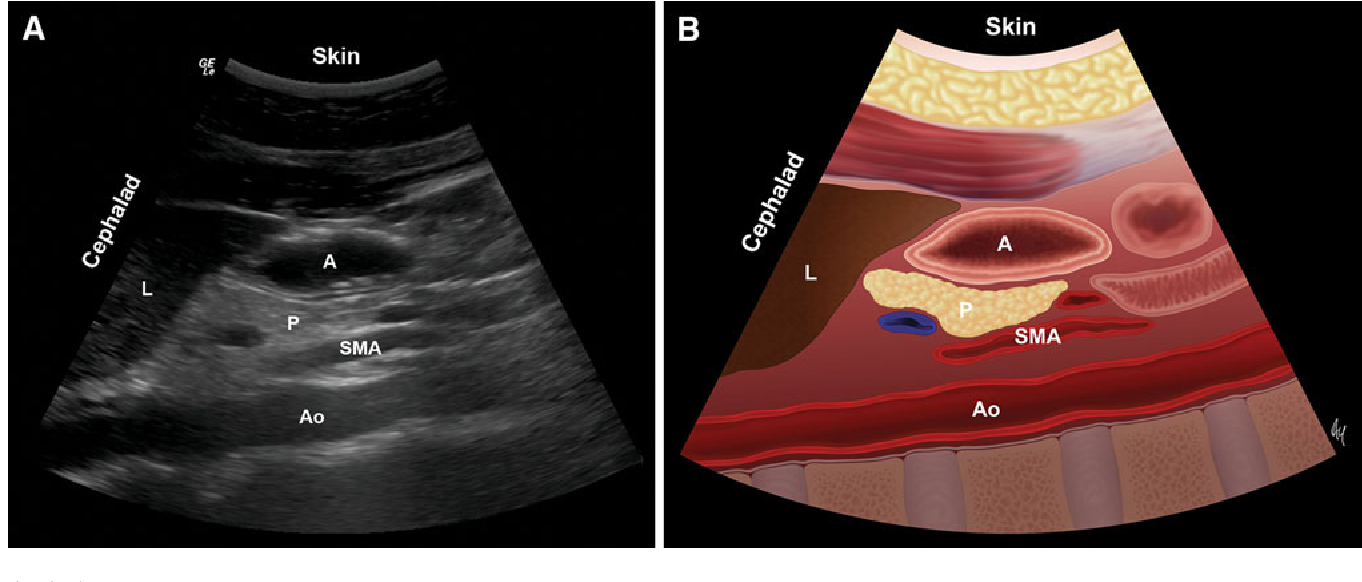Gastric Ultrasound Scanner Diagnosis
Patients with comorbidities that cause delayed stomach discharge, such as diabetic gastroparesis, neuromuscular problems, morbid obesity, and severe hepatic or renal illness, may benefit from a further evaluation using a gastric ultrasound scanner (GUS) before undergoing elective surgery.
Aim:
The major goal of a point-of-care (POC) gastric ultrasound scanner is to assist doctors in assessing gastric contents. Especially, when NPO status is unclear or uncertain during the pre-anesthetic phase.
Suitable frequencies for gastric ultrasound Scanner:
Adults benefit best from a convex (curvy) array low-frequency transducer (2–5 MHz) with normal abdominal settings, such as the Linear Wireless Ultrasound Scanner BWC-USonos. It gives you the depth you need to find the anatomical markers you’re looking for.
In slimmer or younger individuals, a linear high-frequency transducer, like the BWL-USonos can be utilized to get detailed pictures of the stomach wall. In the fasting condition, a high-frequency transducer (e.g. 5–12 MHz) is best used to view the stomach wall, which is 4–6 mm thick and has a distinct appearance of five different sonographic layers.


